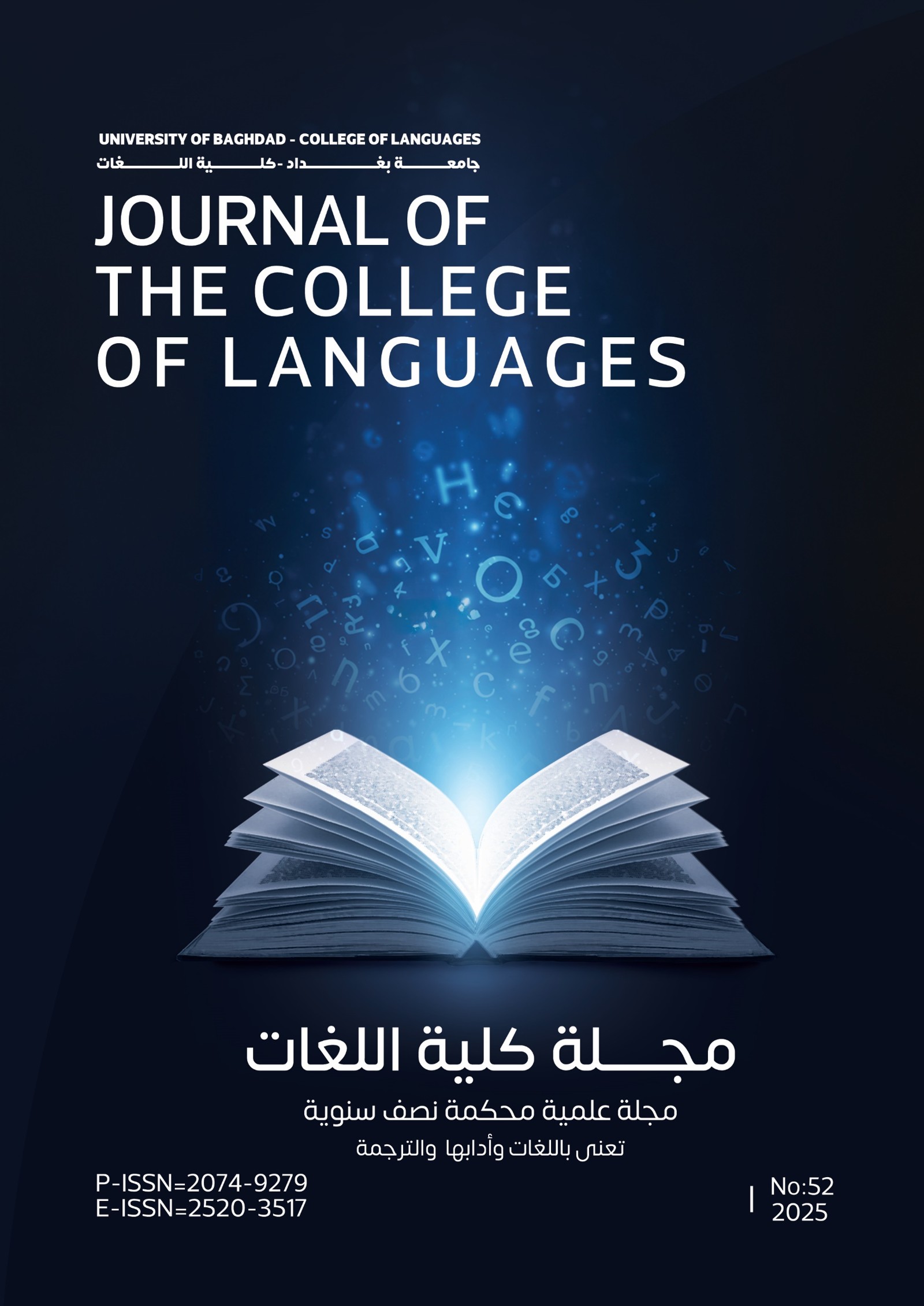Fabrics, Garments, And Complementary Elements Of Clothes (Accessories) In The Yakînî Divan
YAKÎNÎ DİVANINDA KUMAŞLAR, KIYAFETLER VE KIYAFETLERİN TAMAMLAYICI UNSURLARI(AKSESUARLAR)
DOI:
https://doi.org/10.36586/jcl.2.2025.0.51.0237Keywords:
Yakini’s Diwan, Diwan poetry, clothing, fabrics., Yakînî Divanı, Divan Şiiri, Giyim, KuşamAbstract
The concepts of fabrics and clothing mentioned in the verses of the Diwan poetry contribute to enriching our understanding of the social culture of that period, society’s preferences in clothing, and the aesthetics of fashion in the daily life of the Ottoman society. Fabrics and clothing are prominent symbols that reflect the economic status and cultural identity from a social perspective, in addition to being decorative elements. Clothing represented specific social classes, professional groups, and even genders. At times, these garments were associated with the professions they symbolized. The quality, color, shape, and patterns of the fabric contribute to revealing the social and cultural environment of the person wearing the garment, as well as their spiritual state, worldview, social status, and economic condition—all without the need for verbal expression.
In classical poetry, poets reflect their vision of the era they live in through the words and metaphors used in their verses, presenting a comprehensive image of that period to future poets and generations. When studying Yakini’s Diwan in this context, it becomes clear that the poet accurately depicts the outward appearance of society in the 16th century in his poems.
In this study, the complementary elements (accessories) of fabrics and clothing mentioned in Yakini’s Diwan will be analyzed in detail.
ÖZET
Divan şiirinde beyitlerde adı geçen kumaşlar ve giyime dair kavramlar dönemin sosyo-kültürünü, toplumun giyim tercihlerini, Osmanlı toplumunun günlük yaşamdaki moda estetiğini anlamamıza katkıda bulunur. Kumaş ve kıyafetler, giyim eşyası olmasının yanında toplumsal açıdan ekonomik durumu ve kültürel kimliği yansıtan önemli sembollerdendir. Kıyafetler, belirli sosyal sınıfları, meslek gruplarını ve cinsiyetleri sembolize etmiştir, hatta bazen bu kıyafetler temsil ettikleri meslek gurubuyla özdeşleşmişlerdir. Giyilen kumaş kalitesi, rengi, şekli, motifi o kıyafeti giyen kişinin kendini sözlü olarak ifade etmeden geldiği sosyal çevreyi, kültürünü, kendi ruh dünyasını, dünya görüşünü, sosyal statüsünü, ekonomik durumunu yansıtması açısından bulunduğu ortama ipuçları verir. Klasik şiirimizde şairler beyitlerinde kullandıkları kelime ve metaforlarla dönemine bir vizyon sunarken kendinden sonra gelecek olan şairlere ve nesillere de yaşadığı döneme dair bir portre sunar. Yakînî’nin divanını bu minvalde ele aldığımızda şair, 16. yy’daki toplumun dış görünümünü şiirlerinde başarılı bir şekilde betimler. Çalışmamızda; Yakînî’nin divanındaki kumaşlar, kıyafetler ve kıyafetlerin tamamlayıcı unsurları(aksesuarlar) divandaki beyitlerde ele alınış şekliyle detaylı olarak incelenecektir.
References
Alpat, F. Styles And Technical Features of Floral Designs of Ottoman Fabrics, From The Begining Of 15 th Century To The Westernization Period In The 18 th Century, Journal of Social Sciences, Issue 4, Number of Pages 27-50, Istanbul, 2010.
Apak, Melek Sevüktekin-Filiz Onat Gündüz-Fatma Öztürk Eray, Ottoman Era Women's Clothing, Türkiye İş Bankası Publications, Ankara 1997.
Batislam, H. Dilek, Elements Related to Clothing, Attire and Adornment in Nedim's Divan. 38th ICANAS International Congress of Asian and North African Studies, Atatürk Higher Institution of Culture, Language and History Proceedings, I, Number of Pages 261-282, Ankara, 2008.
Devellioğlu, F., Ottoman-Turkish Encyclopedic Dictionary, Prepared by: Sami Güney Çal, 24th Edition, Aydın Bookstore, Ankara, 2007.
Görünür, L., Ögel, S. Differences and Uses of Ottoman Kaftans and Robes, ITU Magazine, Issue 1, Number of Pages 59-68, Istanbul, 2006.
Işık, H. Complete Catechism Eternal happiness Part Two, Hakikat Bookstore, Istanbul, 2011.
Koçu, Reşad Ekrem, Dictionary of Turkish Clothing, Attire and Adornment, Sümerbank Cultural Publications Ankara, 2015.
Commission, Turkish Dictionary, 10th Edition, TDK. Publications, Ankara, 2015.
Öztoprak, N. An Essay on Clothing in Divan Poetry, Journal of Divan Literature Research, Issue 4, Number of Pages 103-154, Istanbul, 2010.
Serdaroğlu, V. Zati Divan in the Light of Social Life, İSAM Publications, Istanbul 2006.
Şahin, E. 16th Century Ottoman Social Structure According to Bâkî Dîvânı, FSM Scientific Research Journal of Humanities and Social Sciences, Issue 2, Number of Pages 286-309, Istanbul, 2013.
Şentürk, A. A.-Kartal, A., History of Old Turkish Literature, Dergâh Publications, Istanbul, 2010.
Tunç, Ayfer, “Fabric, Embroidery, Love”, Creative Ottomans, Our Art World, Issue 73, 3th Edition, Yapı Kredi Publications, Number of Pages 11-14, İstanbul, 2001.
Yeşiloğlu, Ayşegül Mine, Elements Related to Clothing in Zati's Ghazals, Trakya University Journal of Social Sciences, Vol. 12 Issue 1 Number of Pages 74-88, Edirne, 2010.
Zülfe, Ö. Yakînî Divan (Review - Text and Translation - Explanations - Dictionary), Ministry of Culture and Tourism, General Directorate of Libraries and Publications, Ankara, 2009.
Downloads
Published
Issue
Section
License
Copyright (c) 2025 Journal of the College of Languages (JCL)

This work is licensed under a Creative Commons Attribution 4.0 International License.








